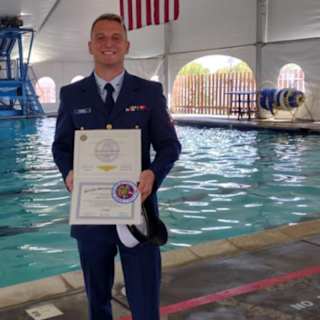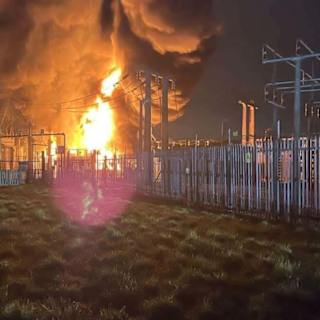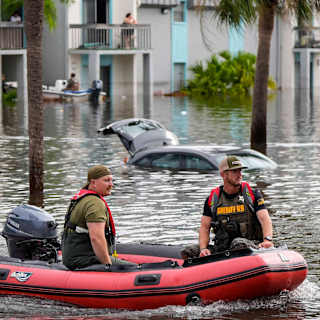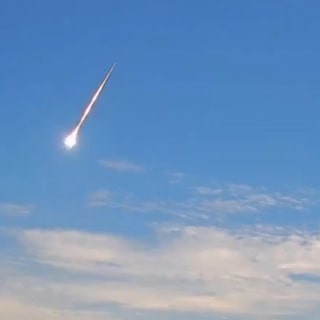- Record Participation Amid Active Hurricane Season
- Community Outreach and Technical Challenge
- Bridging Generations and Geography
Across backyards, parks, and remote hilltops from coast to coast, more than 31,000 amateur radio operators spent the weekend demonstrating that when modern communications fail, ham radio endures. The annual ARRL Field Day, which concluded Sunday evening, transformed ordinary spaces into temporary communication hubs as operators worked around the clock to connect with fellow enthusiasts across North America.
The 2025 event, themed "Radio Connects," served dual purposes as both the largest amateur radio contest in North America and a nationwide emergency preparedness drill. Participants operated portable stations powered by generators, solar panels, and batteries to simulate conditions during natural disasters when commercial infrastructure fails.
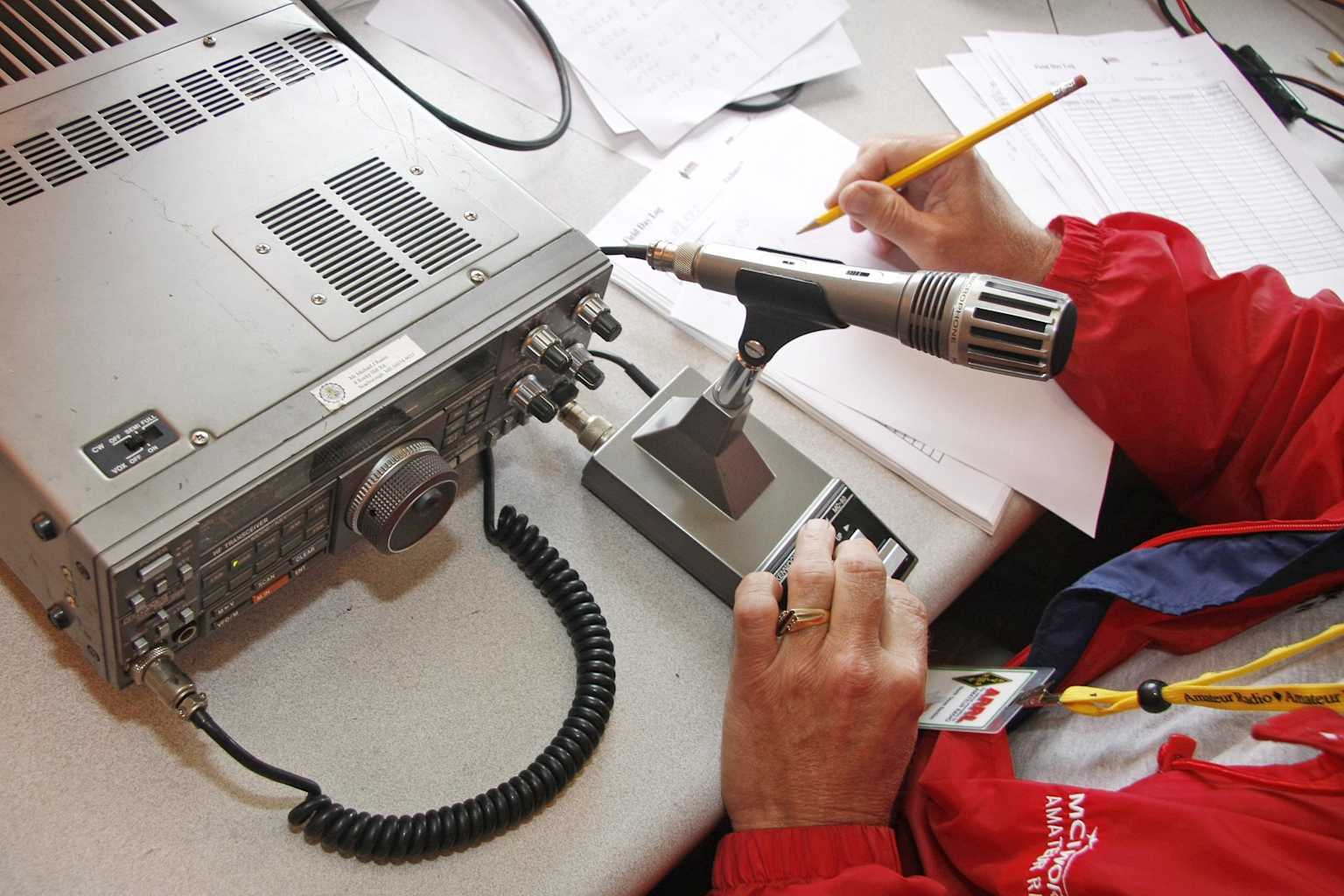
This year's Field Day drew particular attention with forecasters predicting an active hurricane season for 20251. The American Radio Relay League, which has organized the event since 1933, emphasized amateur radio's role as backup communication when cell towers and internet lines go down1.
"With a particularly active hurricane season predicted for 2025, this year's Field Day also underscores the importance of ham radio's role during natural disasters," according to WFIW Radio1. Amateur radio operators have repeatedly stepped in during hurricanes, tornadoes, floods, and wildfires to assist public safety agencies2.
Beyond emergency preparedness, Field Day functions as ham radio's annual open house12. Local clubs set up in public spaces, inviting visitors to observe operations and try their hand at radio communication through "Get On The Air" stations34.
The event combines multiple elements: a technical challenge of rapidly deploying equipment, a social gathering for radio clubs, and an educational opportunity for the public4. Operators exchange call signs, locations, and technical information while competing to make as many contacts as possible during the 24-hour period56.
The New Hampshire Department of Safety now relies solely on Amateur Radio Emergency Service as its amateur radio backup, reflecting the growing recognition of ham radio's reliability1. Participants range from children as young as five to seniors over 100, with the U.S. hosting nearly 800,000 licensed operators among 3 million worldwide2.
"When all else fails amateur radio gets through," remains the ARRL motto1. As operators packed up their temporary stations Sunday, that promise stood tested once again across thousands of locations throughout North America.
